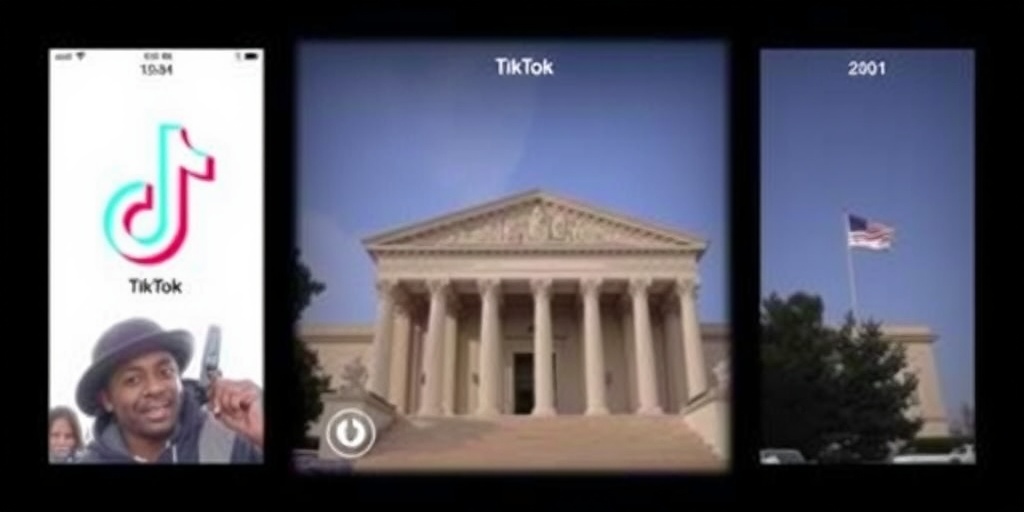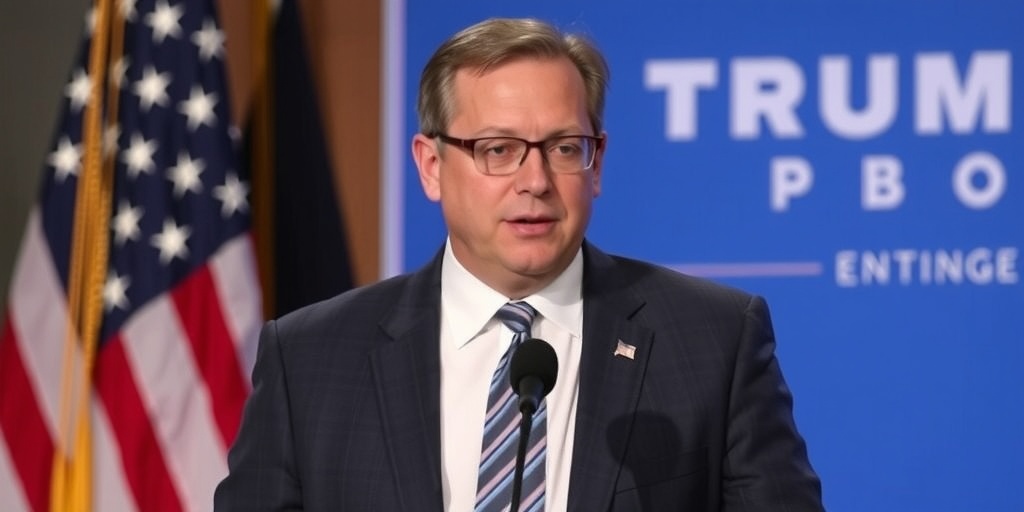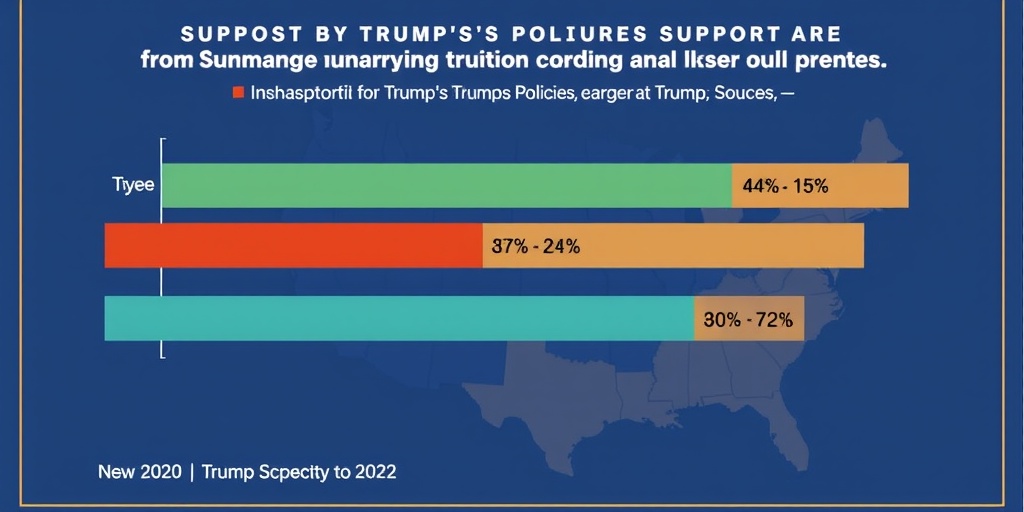Now Reading: Supreme Court Upholds TikTok Ban
-
01
Supreme Court Upholds TikTok Ban
Supreme Court Upholds TikTok Ban

In a historic ruling that has significant implications for technology and free speech, the United States Supreme Court delivered a unanimous decision on Friday, effectively banning the widely popular social media app TikTok within the country. This ruling, stemming from ongoing debates about national security and user privacy, will take effect on Sunday, January 19.
The Supreme Court’s deliberation centered around the contentious intersection of free speech rights and national security concerns. TikTok, which enables users to create and share short-form videos, has amassed an enormous following in the U.S., particularly among younger audiences. However, in recent years, the app has faced growing scrutiny due to its Chinese ownership and alleged ties to the Chinese government. Critics have raised alarms over the potential misuse of user data and the possibility that the app could facilitate surveillance or propaganda.
Justice Adam Liptak, who covers the Supreme Court for The New York Times, highlighted the complexity of the case, revealing how the court navigated the delicate balance between protecting individual freedoms and addressing legitimate concerns about national security. The ruling reflects an increasing trend among lawmakers and federal agencies to scrutinize technology companies that operate under foreign jurisdictions, particularly those from nations deemed adversarial to U.S. interests.
The unanimous ruling by the Supreme Court stands as a testament to the seriousness with which the judiciary regards the potential threats posed by certain foreign-owned applications. Legal experts assert that this decision could set a precedent for future cases involving digital platforms, specifically those that handle large amounts of personal data from American citizens.
In legal terms, the court’s decision underscores the government’s authority to impose restrictions on platforms that it deems a threat to national security, even when such measures intersect with free speech rights. Proponents of the ban argue that the decision is necessary to safeguard the privacy and safety of American users from potential foreign threats. They point out that the government has a duty to protect its citizens, particularly in the digital age where personal information can be easily harvested and misused.
On the other hand, critics of the ruling express concern over the implications for free speech and creativity online. TikTok has become a vital outlet for artistic expression, social commentary, and community building, especially among younger populations who use the platform to engage with current events and share their voices. Opponents of the ban argue that shutting down platforms like TikTok could stifle innovation and limit the diversity of voices in the digital space.
The case also touches on broader issues of internet governance and the role of the government in regulating digital platforms. As social media continues to evolve, the challenges of balancing security and free expression will likely remain a contentious area of law and policy. Legal scholars suggest that the ruling may prompt calls for clearer regulations surrounding digital privacy and the responsibilities of tech companies to safeguard user data.
In a rapidly changing digital landscape, this Supreme Court decision serves as a critical reminder of the ongoing debates surrounding technology, privacy, and national security. As more applications and platforms come under scrutiny, stakeholders—including policymakers, tech companies, and users alike—will need to engage in meaningful dialogue about the future of digital expression and the potential risks associated with globalized technology.
While the initial response to the ruling may bring about a wave of uncertainty for TikTok users and creators, its long-term implications may pave the way for more stringent regulations on foreign-owned applications and a reevaluation of how digital platforms operate in the United States. The tech community is now considering what this ruling means not only for TikTok but also for other platforms that could face similar challenges in the future.
As the date for the ban approaches, users and creators are left grappling with the reality of a social media landscape that could be significantly altered. The full ramifications of this decision remain to be seen, but its impact will undoubtedly resonate across the realms of technology, policy, and individual rights for years to come.
Stay Informed With the Latest & Most Important News
Previous Post
Next Post
-
 01New technology breakthrough has everyone talking right now
01New technology breakthrough has everyone talking right now -
 02Unbelievable life hack everyone needs to try today
02Unbelievable life hack everyone needs to try today -
 03Fascinating discovery found buried deep beneath the ocean
03Fascinating discovery found buried deep beneath the ocean -
 04Man invents genius device that solves everyday problems
04Man invents genius device that solves everyday problems -
 05Shocking discovery that changes what we know forever
05Shocking discovery that changes what we know forever -
 06Internet goes wild over celebrity’s unexpected fashion choice
06Internet goes wild over celebrity’s unexpected fashion choice -
 07Rare animal sighting stuns scientists and wildlife lovers
07Rare animal sighting stuns scientists and wildlife lovers





















